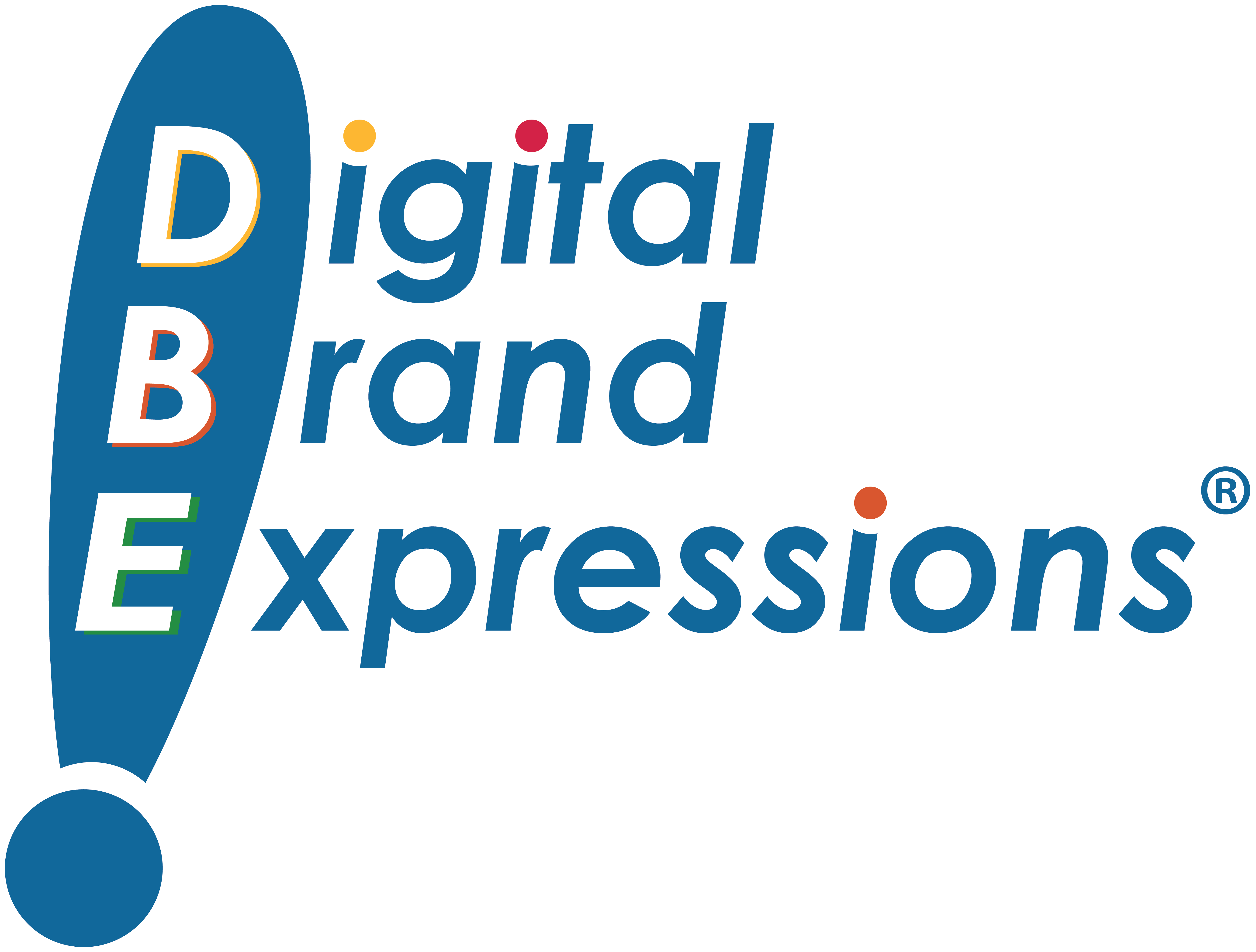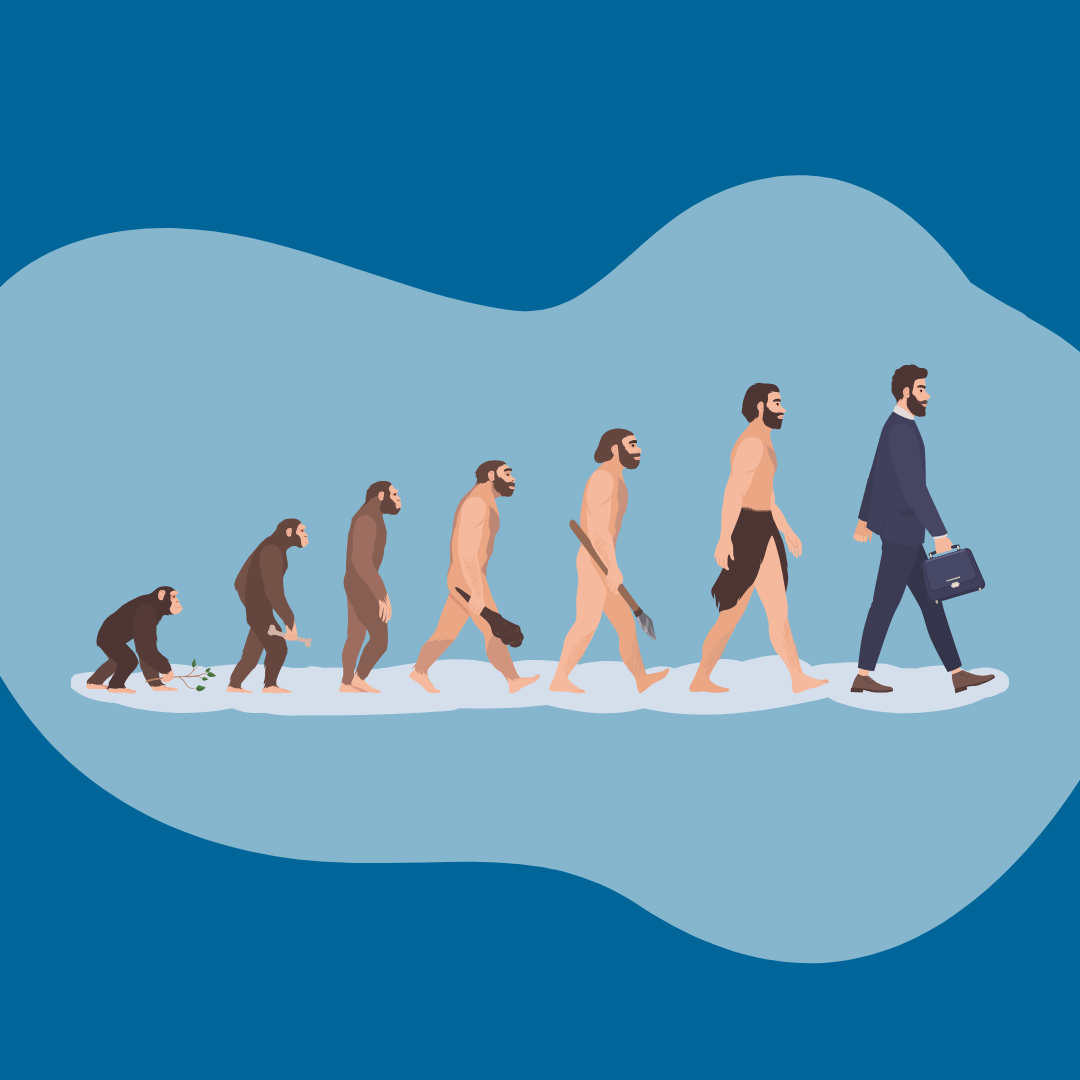Picture the iconic “March of Progress” image in your head. You know, the one that shows the evolution of man from an essentially crawling hominid to a fully erect Homo sapien.
Now let’s take a similar, more abbreviated view of the evolution of search. For this, we don’t have to go back millions of years — just to the 1990’s amidst the dawning era of the internet.
Early Years – Answer Engines
The earliest search engines like Archie, Veronica, and Jughead actually only indexed file names for websites and did not index the contents of these websites. Similarly, the Yahoo Directory was a list of website links organized by category and not content-based.
According to Wikipedia, WebCrawler was the first “all text” crawler-based search engine that allowed users to search for any word on any web page. (Love the similarity of “crawling” as a start for both man and search engines.)
AltaVista introduced natural language queries and a simple interface. Ask Jeeves (later just Ask.com) is credited as the first search engine to use a natural language question aimed at providing direct answers.
Middle Years – Search Engines
RankDex was the first site-scoring algorithm that used hyperlink analysis as an indicator of content relevance.
Google introduced its PageRank algorithm shortly after that also ranked pages based on the quality and quantity of backlinks. Google continued to refine its algorithm and its presentation of results to deliver what the algorithm judged to be the most relevant (or in Google’s words “helpful”) website pages.
The evolution of Google’s Search Engine Results Page (SERP) to include separate sections including the Knowledge Graph, Featured Snippets, Product Listings, Google Business Listings, etc. started to provide direct answers as well as the traditional list of links to potential websites/content pages based on the inferred intent of the searcher.
Advanced Years – Search AI Answer Engines
Enter AI models that quickly gained the ability to crawl the web and synthesize what they found into conversational answers to prompts. Perplexity AI leans into this mission by saying it is “dedicated to building the world’s best conversational answer engine” by delivering direct, cited answers instead of just links.
ChatGPT provides similar direct-answer synopses of relevant content in response to search-like prompts and provides citation links (albeit in less prominence than Perplexity). Recent studies suggest that while ChatGPT searchers’ Click-Through-Rate (CTR) to link citations websites is low, the quality of traffic measured by user intent and conversion likelihood is notably higher.
Google’s AI Overviews is now so geared to providing direct responses/answers to search queries that the CTR for traditional search listings have dropped significantly — even for pages ranking in the Top 3 positions. The issue has prompted Google to show upwards of 43% of its AI Overviews citation links as links to Google Search Results.
The Moral of This Evolutionary Tale
Clearly, the evolution of Search AI platforms has both advanced expectations around the modern search experience and circled back to the roots of early days to provide direct answers.
Make no mistake, answer engines and search engines leverage different methodologies and algorithms to arrive at the results they show. So, it should be no surprise there is less of an overlap in citation sources and SERP listings than one might expect. One recent research shows “ChatGPT results overlap only 12% with the Google SERP.”
Have you evolved your search marketing strategy to include both traditional SEO and Search AI Optimization (SAIO)? It’s the best way to ensure you walk tall in this new era of search.


